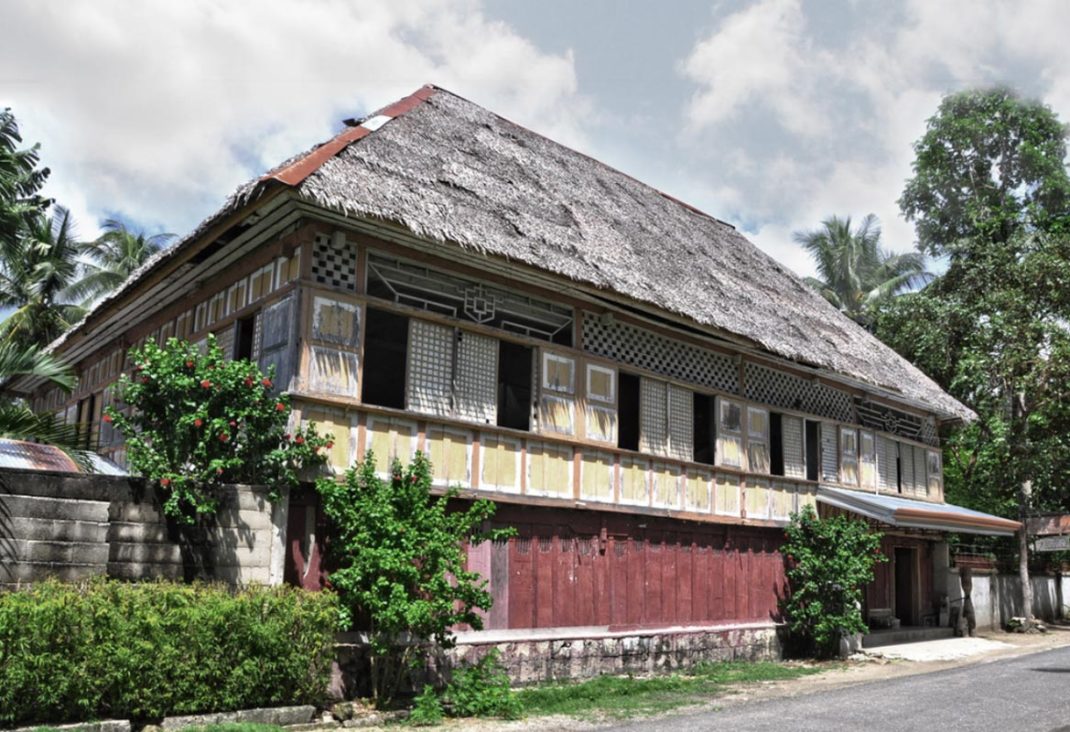Bohol is home to beautiful beaches, natural resources, and is known for its friendly, hospitable people. Aside from these attractions, the island of Bohol is also blessed with cultural sites like heritage churches and places of historical significance. But did you know that you can also revisit the beauty of Bohol during the 20th century through Spanish-inspired ancestral homes that are still standing today?
These ancestral houses are now museums, cafes, or bed and breakfasts, while some have become national treasures. For a cultural immersion in the island, these ancestral homes are a must-visit.
1. Clarin Ancestral House
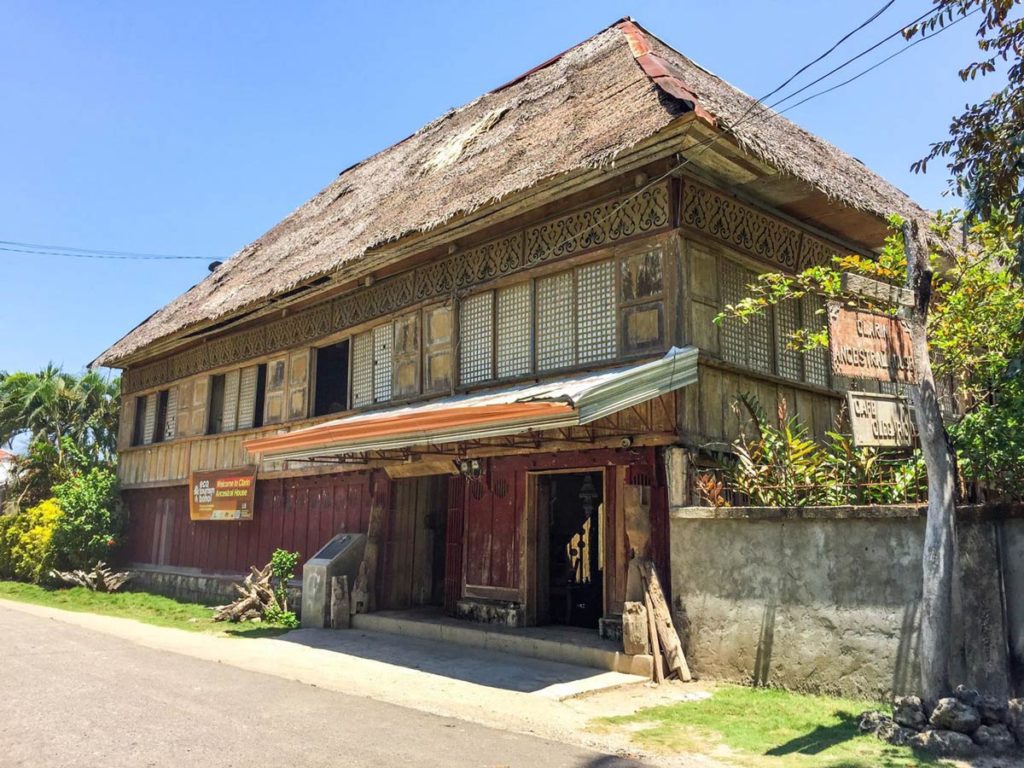
Photo: Trip.com
First on our list is the popular Clarin Ancestral House, the most visited heritage house on the island. Located in the town of Loay, 18 km from the capital city of Tagbilaran, this house was built in 1840 and features a Filipino-Spanish style in design. It features long slanting roofs with nipa leaves and a typical square shape with the lower floor made of a coral stone foundation.
Declared as a heritage site by the National Historical Institute, it is now a museum that features several family collections of antiques, furniture, and paintings. It is the perfect example of early 20th-century Spanish-Filipino-style homes. Today, you can visit the ancestral house for a fee, or have a sip of coffee at the cafe on its ground floor.
2. Malon House
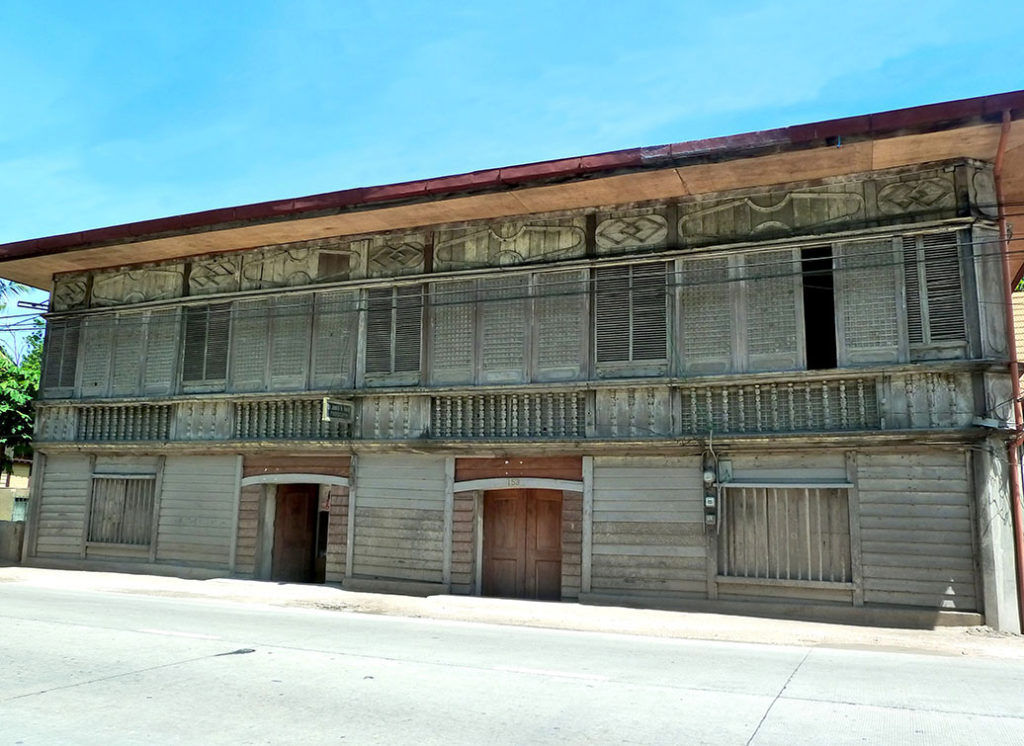
Photo: Visit Bohol Blogspot
The Malon House is the largest ancestral house in Baclayon and it proudly hosted several meetings of President Carlos P. Garcia in the past, as the late president was a descendant of the house’s owner, Juan Malon.
The house may look dull on the outside but as soon as you take a step into the living quarters on the second floor, you will be taken back in time with its grand staircase and hardwood floor planks. The home is now a museum and can be visited upon request, where you can enjoy viewing the family’s collections of antiques and furniture.
3. The Villamor House

Photo: Ramblings From a Gypsy Soul Blogspot
The Villamor House is another ancestral home in Baclayon and its owners were traders with their son-in-law being the founder of the famed Baclayon Trading Company. Today, it is still owned by the Villamor family and is being used as a bed and breakfast.
The whole house is made of hardwood over two floors and though it may look old on the outside, once you sit inside the living quarters, you will be mesmerized by the paintings, antiques, and family collections that have been with the family for generations.
4. Balili House
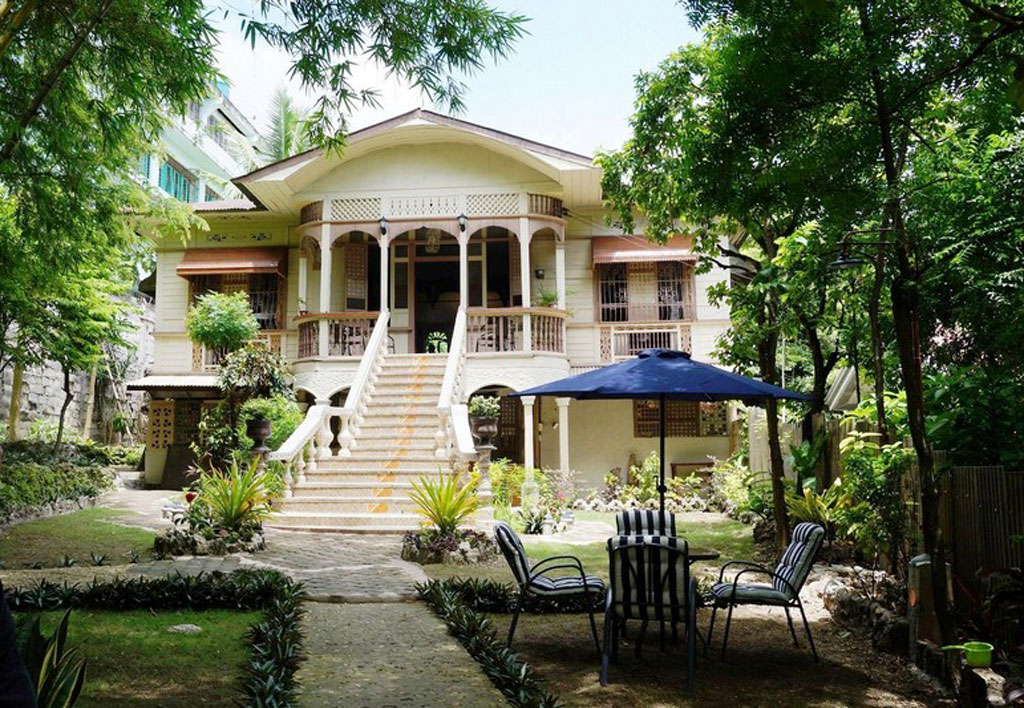
Photo: Benjie Layug
The grand and majestic Balili House is one of Tagbilaran’s most prized ancestral houses. It features a beautiful and grand garden, where you will get last in the plants, flowers, and trees, as you make your way to the grind concrete stairway that leads to the intricately designed patio on the second floor.
The house used to be a favored venue for Bohol’s elite and the country’s politicians. The overall style of the home is based on Art Nouveau, and it’s a perfectly preserved mansion with heavenly arches, wooden posts, rounded corners, and a grand main facade. Visitors can visit the mansions for a fee and the owners, the family of the original owner, also offer room accommodations.
5. Beldia House
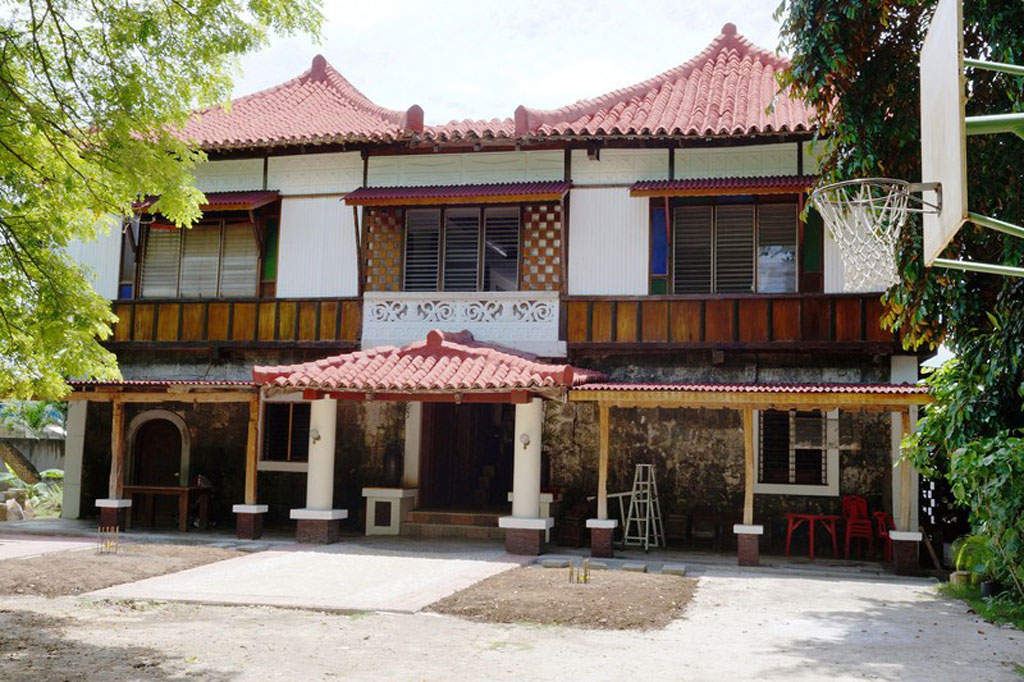
Photo: Benjie Layug
The Beldia House is located in Tagbilaran and it’s a well-preserved home that features elegant floating volada with curving clay tiles that give the house a Chinese feel. It was originally owned by Don Esteban Batilid, a gobernadorcillo, and businessman, and was purchased in the 70s by Judge Anti Beldia, whose family still owns the house today.
During the Spanish regime, the house was famously used as the city’s municipal hall.
6. Antonio Rocha House
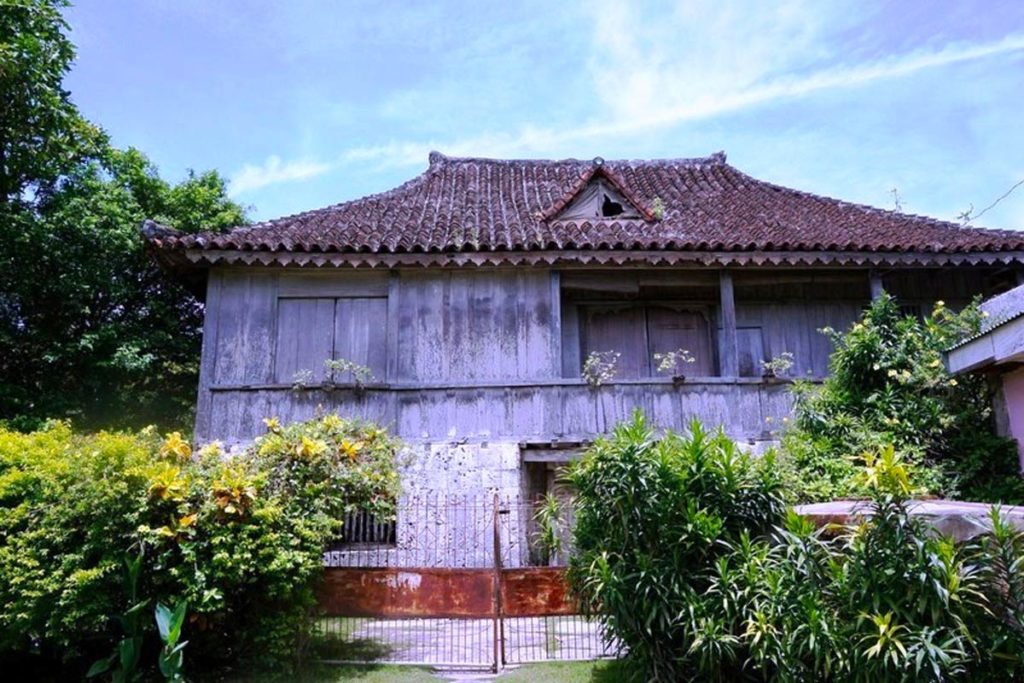
Photo: Benjie Layug
Across the street from the Beldia House is the Antonio Rocha House. It also features clay tiles that bend upwards, giving it a unique Chinese feel despite being constructed in 1831. It was owned by Don Antonio Rocha, a clerk of the Tagbilaran parish, before it was purchased by an antique collector from Manila, who sold the home’s antiques, furniture, and paintings. Later, the antique collector sold the house to a Swiss citizen, who owns the house today.
The home is beautifully built with hardwood on the second floor and coral stones as its foundational materials on the ground floor. It also features a quaint garden and a charming gate surrounded by flowers.
7. Fortich-Rocha House

Photo: Manila Bulletin
The Fortich Rocha house was the home of Don Fernando Gorraiz Rocha and his wife, Dona Catalina Fortich. The home today is unfortunately neglected but in its heyday, it was a beautiful family home with a bazaar on the ground floor.
It was famous for being the shop of the Las Hermanas Rochas, pastry cooks who were unmarried sisters of Don Rocha. They were known to bake the best pasties in Bohol at the time, where they were famous for baking local baked goods, such as broas, hojaldres, and dugmok which is toasted leftover bread.
These ancestral homes in Bohol showcase the perfect example of the beautiful style of Filipino-Spanish architecture during the 20th century. Some of them still hold the historic and cultural antique collection for the families who lived in the homes. Taking a tour to see these old homes is a beautiful immersive activity if you want to experience the rich culture of the island.
Featured image: Bohol Vintage Houses WordPress

